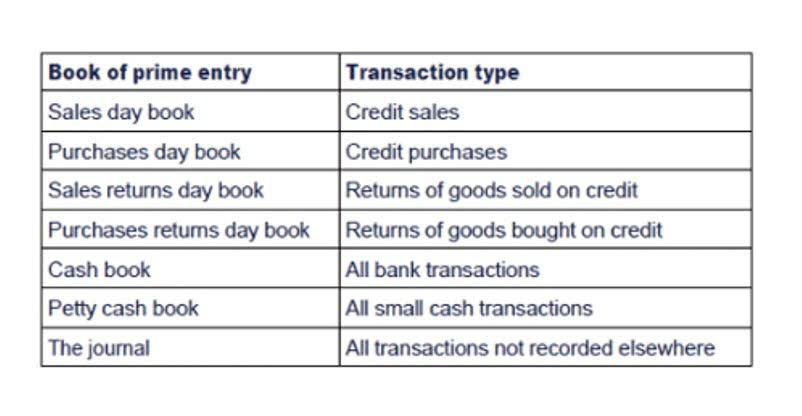
Hence, the overhead incurred in the actual production process will differ from this estimate. The equation for the overhead rate is overhead (or indirect) costs divided by direct costs or whatever you’re measuring. Direct costs typically are direct labor, direct machine costs, or direct material costs—all expressed in dollar amounts. Each one of these is also known as an “activity driver” or “allocation measure.” The period selected tends to be one year, and you can use direct labor costs, hours, machine hours or prime cost as the allocation base. This is related to an activity rate which is a similar calculation used in Activity-based costing.
What if you don’t have all the information you need to calculate your predetermined overhead rate?
For example, the cost of Job 2B47 at Yost Precision Machining would not be known until the end of the year, even though the job will be completed and shipped to the customer in March. For these reasons, most companies use predetermined overhead rates rather than actual overhead rates in their cost accounting systems. A predetermined overhead rate is calculated at the start of the accounting period by dividing the estimated manufacturing overhead by the estimated activity base. The predetermined overhead rate is then applied to production to facilitate determining a standard cost for a product. The estimated or budgeted overhead is the amount of overhead determined during the budgeting process and consists of manufacturing costs but, as you have learned, excludes direct materials and direct labor.

What expenses are not considered overhead costs?
A pre-determined overhead rate is normally the term when using a single, plant-wide base to calculate and apply overhead. Overhead is then applied by multiplying the pre-determined overhead rate by the actual driver units. Any difference between applied overhead and the amount of overhead actually incurred is called over- or under-applied overhead. By understanding how to calculate this rate, business owners can better control their overhead costs and make more informed pricing decisions.
Financial and Managerial Accounting
- The business world is dynamic, and the production environment is getting complex day by day.
- The agency knows from its predetermined overhead rate that it will incur $200 in overhead costs for the project.
- Again, this predetermined overhead rate can also be used to help the business owner estimate their margin on a product.
- Using the Solo product as an example, 150,000 units are sold at a price of $20 per unit resulting in sales of $3,000,000.
- For example, if we choose the labor hours to be the basis then we will multiply the rate by the direct labor hours in each task during the manufacturing process.
Suppose the budgeted cost of overheads for the departmental store amounts to $20,000 per month, and the budgeted level of production is 10,000 per month. The predetermined rate of overheads can be calculated by putting the values in the above formula. The allocation of overhead to the cost of the product is also recognized in a systematic and rational manner. The overhead is then applied to the cost of the product from the manufacturing overhead account. The overhead used in the allocation is an estimate due to the timing considerations already discussed. For this, you can take the average manufacturing overhead cost for the previous three months, and divide this by the machine hours in the current month.

For example, a production facility that is fairly labor intensive would likely determine that the more labor hours worked, the higher the overhead will be. As a result, management would likely view labor hours as the activity base when applying overhead costs. The predetermined predetermined overhead rate example overhead rate formula is calculated by dividing the total estimated overhead costs for the period by the estimated activity base. Overhead costs are then allocated to production according to the use of that activity, such as the number of machine setups needed.
A good rule of thumb is to ask yourself if the cost will be incurred regardless of how much product you’re making. But before we dive deeper into calculating predetermined overhead, we need to understand the https://www.bookstime.com/articles/how-to-calculate-overtime-pay concept of overhead itself. For the past 52 years, Harold Averkamp (CPA, MBA) hasworked as an accounting supervisor, manager, consultant, university instructor, and innovator in teaching accounting online.

Create a Free Account and Ask Any Financial Question
- He is a CFA charterholder as well as holding FINRA Series 7, 55 & 63 licenses.
- So, if you wanted to determine the indirect costs for a week, you would total up your weekly indirect or overhead costs.
- Their amount of allocated overhead is not publicly known because while publications share how much money a movie has produced in ticket sales, it is rare that the actual expenses are released to the public.
- This means that for every dollar of direct labor cost a production process uses, it will use $1.50 of overhead costs.
- So if your business is selling more products, you’ll still be paying the same amount in rent.
- An activity base is considered to be a primary driver of overhead costs, and traditionally, direct labor hours or machine hours were used for it.
Formula for Predetermined Overhead Rate
- Fixed costs would include building or office space rent, utilities, insurance, supplies, and maintenance and repair.
- As you can see, calculating your predetermined overhead rate is a crucial first step in pricing your products correctly.
- This rate is used to allocate or apply overhead costs to products or services.
- Direct costs are costs directly tied to a product or service that a company produces.
Leave a Reply